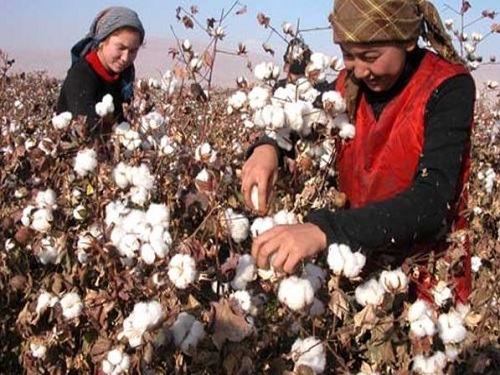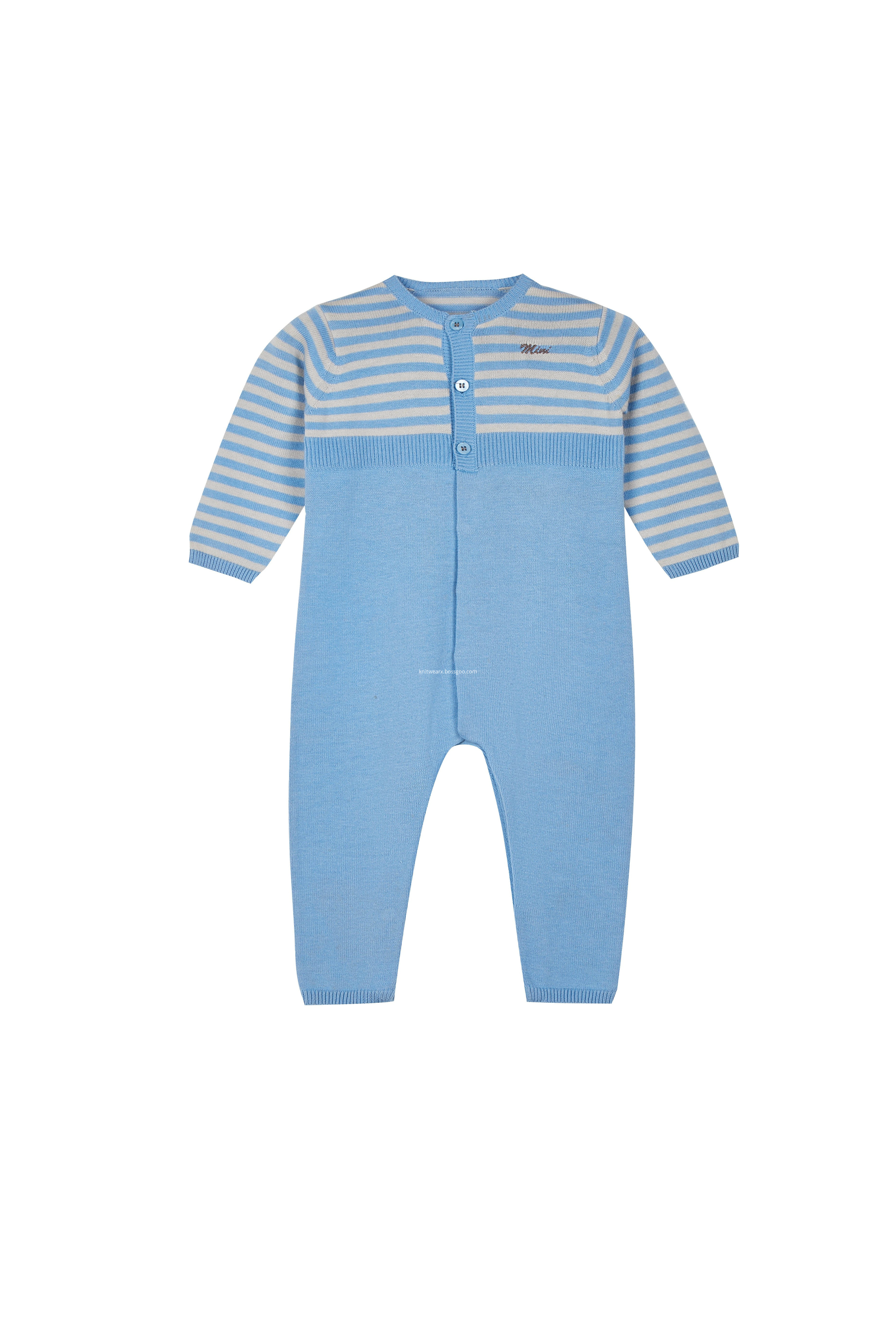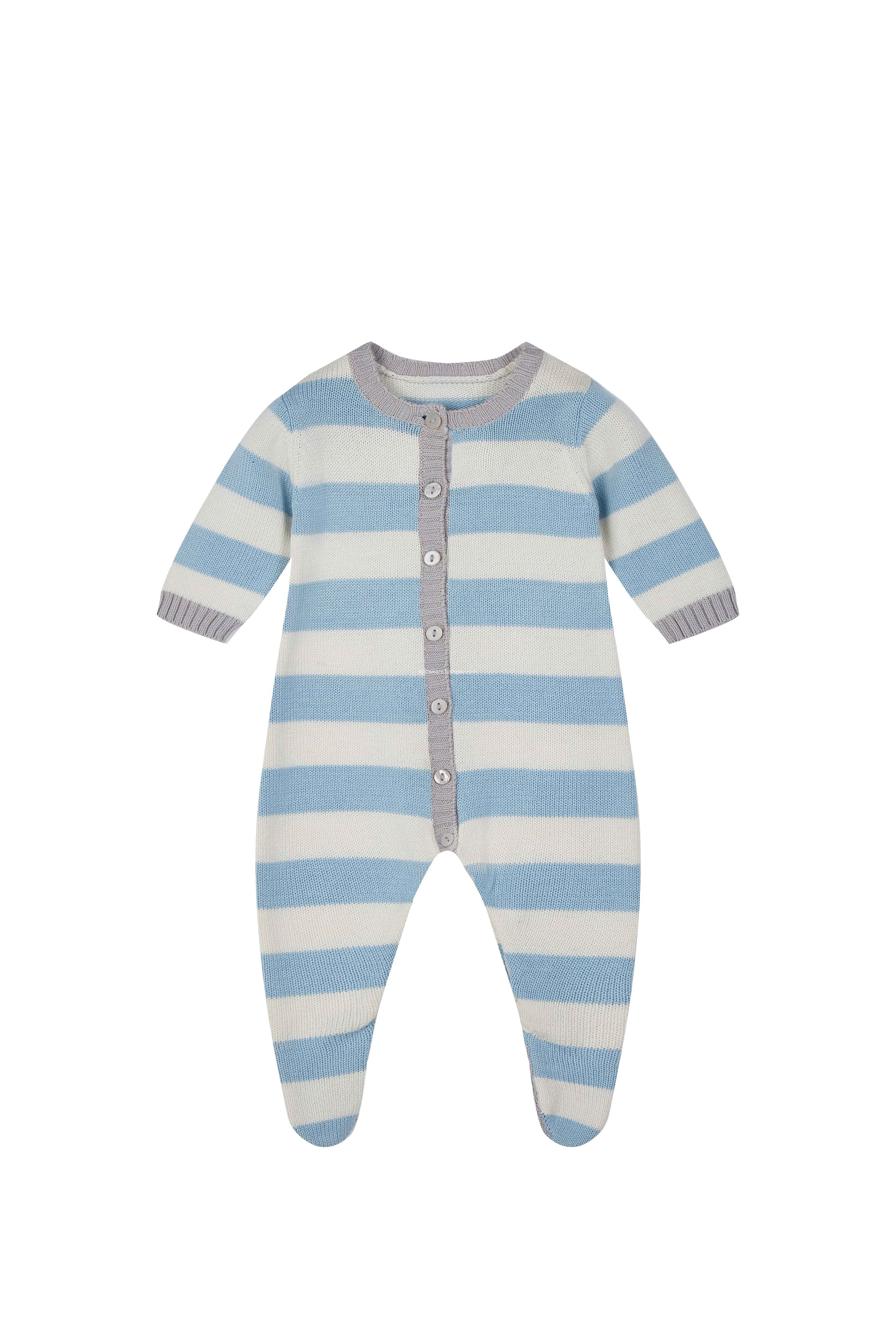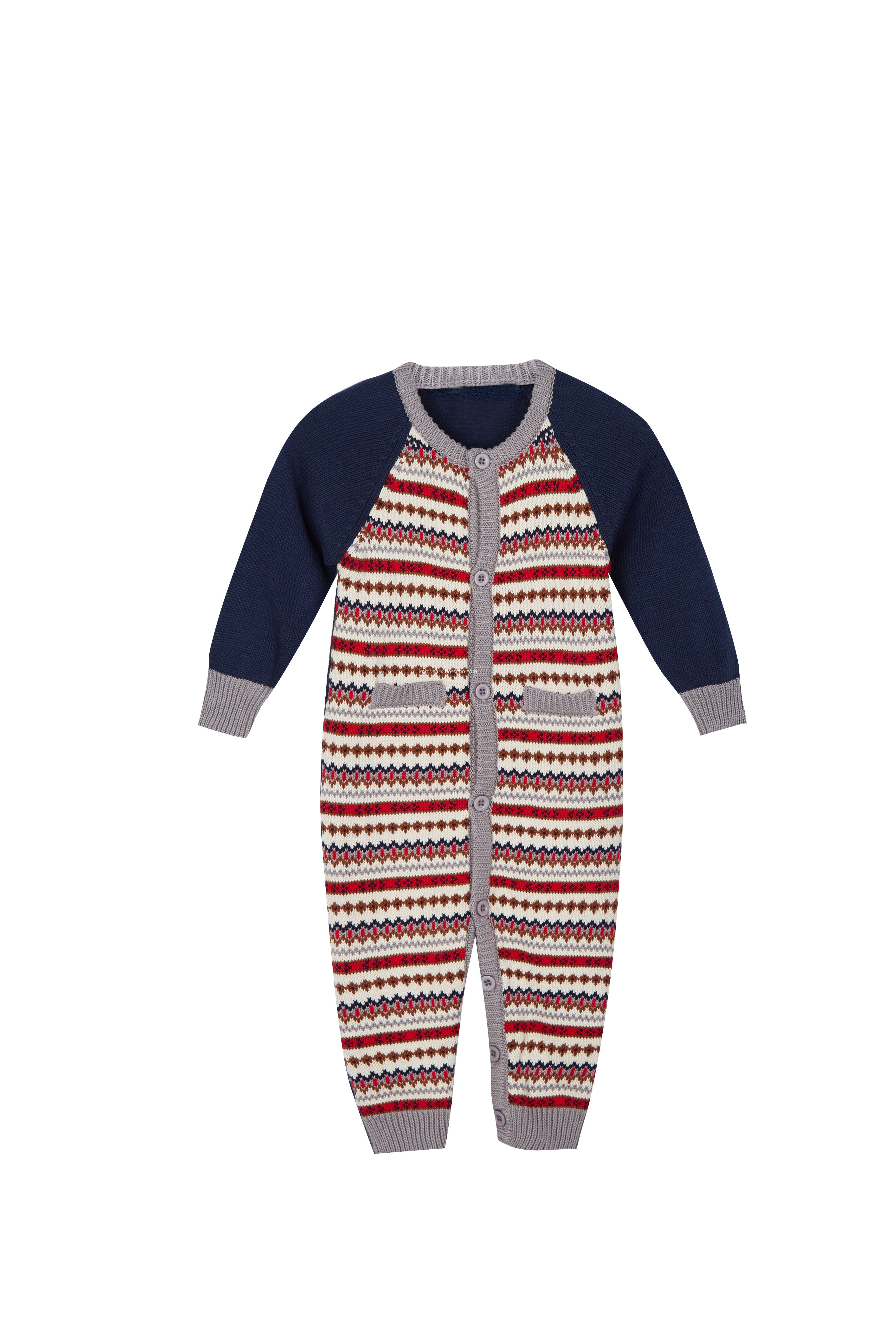
"Global cotton ***, Chinese cotton look Xinjiang." Xinjiang is the core region of China's cotton production, and it is also a new zone for the development of the textile industry, with obvious advantages in location. In particular, the central government explicitly proposed to cancel the temporary cotton purchase and storage policy in 2014, launch a target price reform pilot in Xinjiang, improve the pricing mechanism for agricultural products, and explore reforms that promote the decoupling of the cotton price formation mechanism from government subsidies, so that the advantages of the cotton industry in Xinjiang have been further expanded. .
The new cotton year is about to begin. Are there any new changes and adjustments in the target price pilot policy? What opportunities can be brought to the domestic cotton market and market participants? How the cotton industry development model in Xinjiang breaks through... These have become the focus and hotspot of cotton farmers, cotton-related businesses and related sectors.
The pilot was effective: The overall quality of cotton in Xinjiang was improved
Nearly 70% of China's cotton production comes from Xinjiang, and 60% of China's textile cotton is produced in Xinjiang. At the same time, the country has launched pilot reforms of target prices in Xinjiang. It can be said that the development of the cotton industry in Xinjiang has a bearing on the future of China's cotton industry - this is why everyone is concerned about Xinjiang cotton.
“The policy of temporary collection and storage is that no matter what kind of cotton, as long as it can be processed, the country will collect it at a high price, making domestic cotton out of the market, especially if it is separated from the international market, and the international price difference is 50,000 yuan, which greatly weakens the The international competitiveness of the cotton-related enterprises has really brought cotton into the market atmosphere.†Speaking of the changes after the cotton target price reform, Wang Gong, general manager of Anhui Huamao Textile Co., Ltd., has a deep understanding.
In 2014, the autonomous region carried out cotton target price reforms. Unlike the temporary purchase and storage system, enterprises purchased at market prices, and the government subsidized farmers according to the target price and market price spread.
“After the price changes, the country has taken into account the interests of the textile enterprises, the circulation sector, and the farmers. Because these three are a lip-tooth effect, they are an inseparable industrial chain. Only three of them can continue to circulate in order to continue the cotton industry. Development." Wang Gong said.
As the President of the Xinjiang Cotton Association, Xiao Yuqing, Party Committee Member and Chairman of Xinjiang Cotton Industry Group Corporation, believes that through the implementation of the cotton target price reform pilot, Xinjiang's cotton market pricing mechanism has begun to take shape, at least to narrow the gap between domestic and international cotton prices.
"On the one hand, the industrial structure of cotton is being adjusted, and the cotton planting arrangement has undergone great changes from the interior to Xinjiang. The number of reductions in the interior is relatively large, and the cotton industry in Xinjiang also develops to Yima and high-quality cotton producing areas; on the other hand, The awareness of cotton-related participants in the market has been greatly strengthened, and the quality consciousness has been improved in every step from farmers' planting to textile enterprises, said Xiao Yuqing.
Since the beginning of this year, some cotton-related enterprises in Xinjiang have further improved the intrinsic quality of cotton by improving varieties, changing planting patterns and management methods. Some enterprises have made targeted technological changes in the cotton processing technology to meet the needs of cotton companies. These different practices have gradually demonstrated their vitality in the market competition. High-quality, well-adapted cotton has met the market demand, and the added value has also greatly increased.
The effectiveness of the pilot implementation of the cotton target price reform in the autonomous region was also confirmed by Dai Gongxing, member of the National Committee of the Chinese People's Political Consultative Conference and Chairman of the China Cotton Association. He believes that the pilot has achieved the overall goal: the basic interests of the cotton farmers have been guaranteed, the cotton production has been stabilized, and the market mechanism Gradually formed, at the same time effectively guiding the cotton production, circulation and consumption, and promoting the coordinated development of upstream and downstream industries.
New changes this year: set the amount of subsidies according to production
In recent years, the domestic cotton market has experienced sluggish demand and sluggish sales. At the same time, the intrinsic high-quality, marketable cotton is in short supply, and China's cotton industry development mode needs to shift from extensive speed-based growth to quality-efficient intensive growth. increase. The implementation of the target price reform just provided favorable development opportunities for optimizing production capacity, adjusting structure, and improving quality.
"To improve this year's cotton target price reform pilot, the most important thing is to further improve the subsidy method." Liu Weidong, Director of Agricultural Products and Water Resources Price Division of the Autonomous Region Development and Reform Commission said, "Last year, our district adopted a subsidy method of 'area + sales', ie 60%. According to the production area, 40% will be distributed according to the sales volume; this year, the plan is to adjust the amount of subsidies according to the output, so as to further encourage the farmers' enthusiasm for planting.
According to reports, at present, the implementation plan for Xinjiang's cotton target price reform in 2015 is still waiting for final approval from relevant state departments, but the corresponding supporting work is accelerating. This year, 10% of the subsidy funds will be used for basic farmers in the four southern states (Akesu, Kashgar, Kizilsu, Hetian), including the area subsidies for part of the collective land, and 90% will be used to redeem the actual amount of grain sold by Xinjiang farmers. Subsidies.
"This year's pilot reform of the target price is not a simple copy of last year. This year, in the simplification and lowering of total cost requirements, we will minimize the workload at the grassroots level, introduce modern management methods, and improve and improve the level of government services," said Liu Weidong.
In addition, our district will also reduce the number of redemption funds this year. We will reduce the number of subsidies from four to two this year to improve the efficiency of subsidies. At the same time, we will continue to strengthen the supervision of cotton flows outside Xinjiang.
"This year's implementation of the policy will introduce information technology means, fully electronic means of operation, one entry, direct sales, reduce the cotton transplanter to sell cotton procedures, improve the efficiency of policy operations, and stressed that the seed cotton processing enterprise qualification, the company has not been identified Included in the statistics of the information system, said Liu Weidong.
Kong Qingping, director of the Economic Crop Research Institute of Xinjiang Academy of Agricultural Sciences, believes that we must seize the opportunity of reforming cotton target prices, use policies to guide the concentration of Xinjiang cotton in preponderant production areas, optimize industrial structure and industrial layout, and guide cotton farmers to actively adopt new varieties and technologies. Improving the yield, reducing costs, increasing the overall level of cotton planting in Xinjiang, increasing the benefits of integrated cotton planting, and guiding the development of a healthy and sustainable cotton industry in Xinjiang.
Four-party search for breakthroughs: Strive to create a cotton industry-wide industrial chain The development of the cotton industry in Xinjiang brings new opportunities and new challenges.
Vice Minister Qian Zhi of the Autonomous Region mentioned in the 2015 Cotton Industry Outlook Forum that facing the new situation and new requirements, the cotton industry in Xinjiang should adhere to the principle of “stabilize cotton, reduce costs, improve quality, and increase efficiency†in an effort to promote cotton. The reform of target price, promotion of textile and garment industry development, advancement of cotton financial service system construction, and promotion of cotton opening to the outside world were reformed, innovated and sought for breakthroughs, and efforts were made to create a cotton industry-wide industrial chain center.
In advancing the cotton target price reform, we must adhere to the market orientation, and adjust the agricultural structure, focusing on the development of Yimian and high-quality cotton areas and accelerating the planning and construction of 10 million around the requirement of “stabilizing grain, relocating cotton, and promoting fruit and promoting livestockâ€. Mu-cotton high-yield and super-high-yield cotton fields improve the intensive, specialized, organizational, and socialized market competitiveness of cotton production.
In promoting the development of the textile and apparel industry, it will focus on the construction of “three cities, seven parks and one centerâ€, relying on brand innovation, technological innovation and management innovation to achieve a high starting point and a high level of development. Effectively undertake the transfer of textile and garment industry from East and Central China to Xinjiang, accelerate the establishment of a complete industrial chain for Xinjiang cotton, and comprehensively improve the level of development of the cotton industry.
In addition, our district will adhere to the financial protection, promote the construction of the cotton financial service system, ensure the coordinated and rapid development of all links in the entire cotton industry chain in Xinjiang, and adhere to the drive of opening to actively attract the eastern export-oriented textile and apparel companies. Xinjiang uses Xinjiang's mature agricultural technology to cooperate with countries in Central Asia to develop cotton textile planting and importing, and strives to build Xinjiang into one of the centers of logistics, capital flow and technology flow in the international cotton textile industry.
In the context of the slowdown in the output growth of the national cotton spinning industry, after the Xinjiang cotton textile industry stabilized in the past year, the enterprises above designated size produced 216,000 tons of cotton yarn in the first half of this year, an increase of 18.6% year-on-year. It is estimated that Xinjiang’s cotton yarn production will exceed 500,000 tons this year, and the total cotton demand will be around 600,000 tons. The industry also managed to get rid of losing business for three consecutive years. In the first half of this year, the industry made a profit, and the light textile industry's profit was 126 million yuan.
“Only upgrading of the entire industrial chain can enhance the international competitiveness of China's textile industry. Xinjiang is the country’s largest cotton base and energy base. Realizing the established target of 20 million spindles in Xinjiang will reduce the cost of China’s textile industry chain operations and win back certain Market share, said Wang Qiang, executive president of Shandong Ruyi Technology Group.
Our Boy's Girl's Knitted Rompers are made of 100% cotton. The baby feel very soft, comfortable and skin-friendly, and will not harm their young skin. There are many different knitting patterns for you to choose from, and it is very cute and lively for baby. The clothes are opened and closed with buttons, which is easy to put on and take off. The clothes are very warm, good quality, and hard-wearing.



Boy's Girl's Logo Baby Pajama Romper, Boy's Girl's 100% cotton Buttoned Baby Romper, Boy's Girl's Jacquard Baby Romper Sweater
Nanjing Textiles Import & Export Corp., Ltd , https://www.knitwearx.com